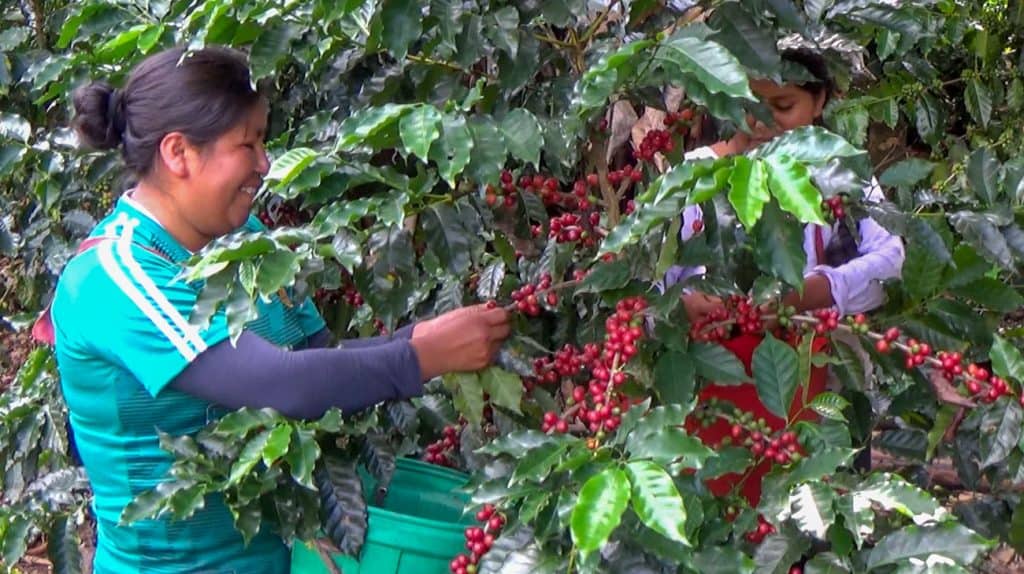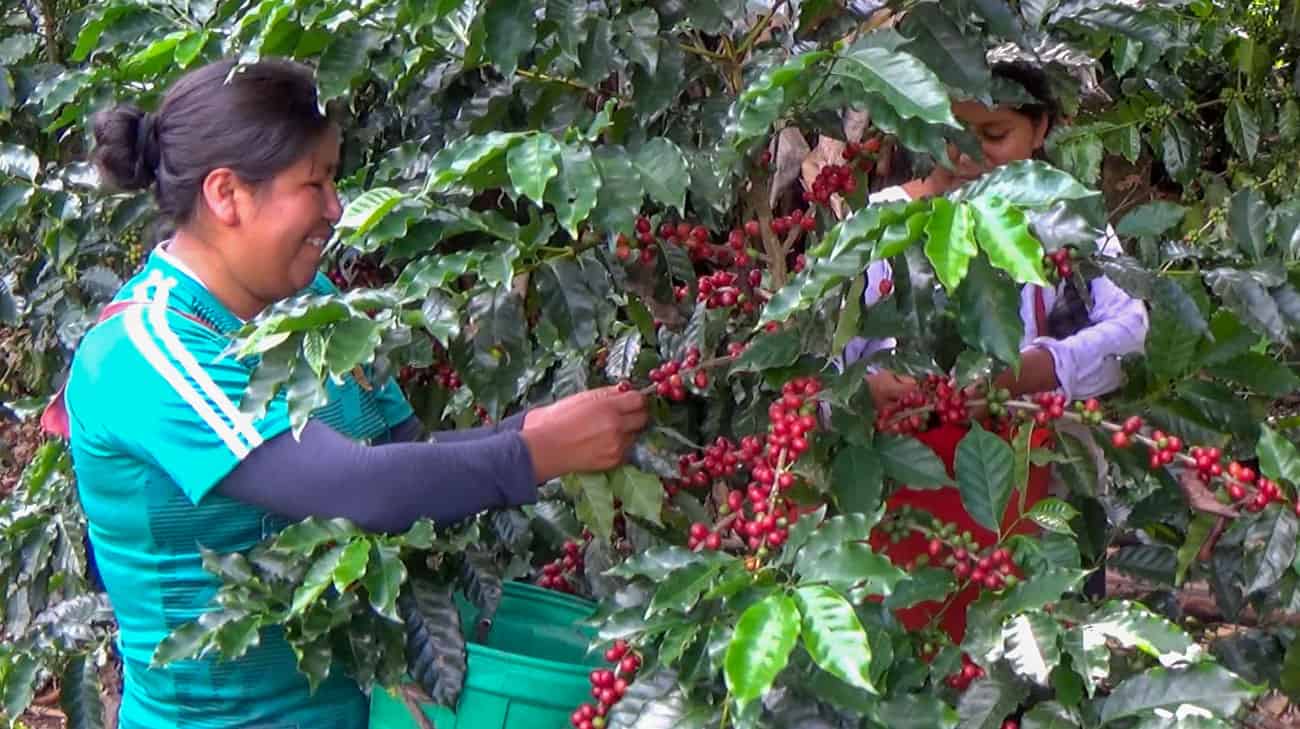The coffee is originally from Arabia. It is a plant of the Rubiaceae family, its stem is sturdy covered with a gray bark. Its branches are long and flexible with oval leaves of bright green color. Its flowers are white and have a strong and pleasant fragrance. The fruits are oval and of variable color. It is a tropical and subtropical climate crop. The main producing area of the country is the Yungas of the department of La Paz.
GEOGRAPHICAL DISTRIBUTION
The crop expanded from Ethiopia to Arabia. At the beginning of the 19th century, it spread through the rest of tropical America. At present, almost 6 million tons of green coffee are produced worldwide. In Bolivia, it is a recent crop and was introduced to the Yungas, in the localities of Coroico and Chulumani, at the beginning of the 20th century.
EXPLOITATION
Once the coffee bean is roasted, it is used to prepare one of the most popular beverages in the world. It is also used to flavor pastry products, ice cream, etc. Nuts or fresh fruits are used as organic fertilizer, for livestock feed or for perfumery. The pulp contains tannins and is used for leather tanning. Even, the peel has medicinal properties.

Granos de café. Provincia Caranavi, La Paz.
Características, suelos, siembra, cuidados del producto, cosecha, procesamiento y mercado del café




